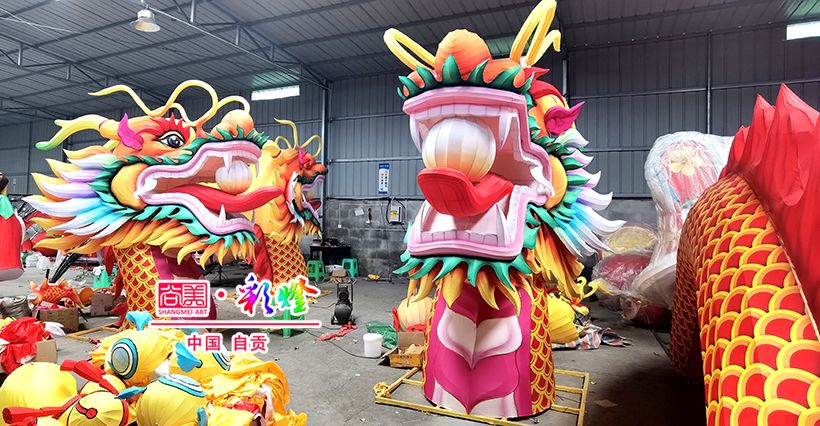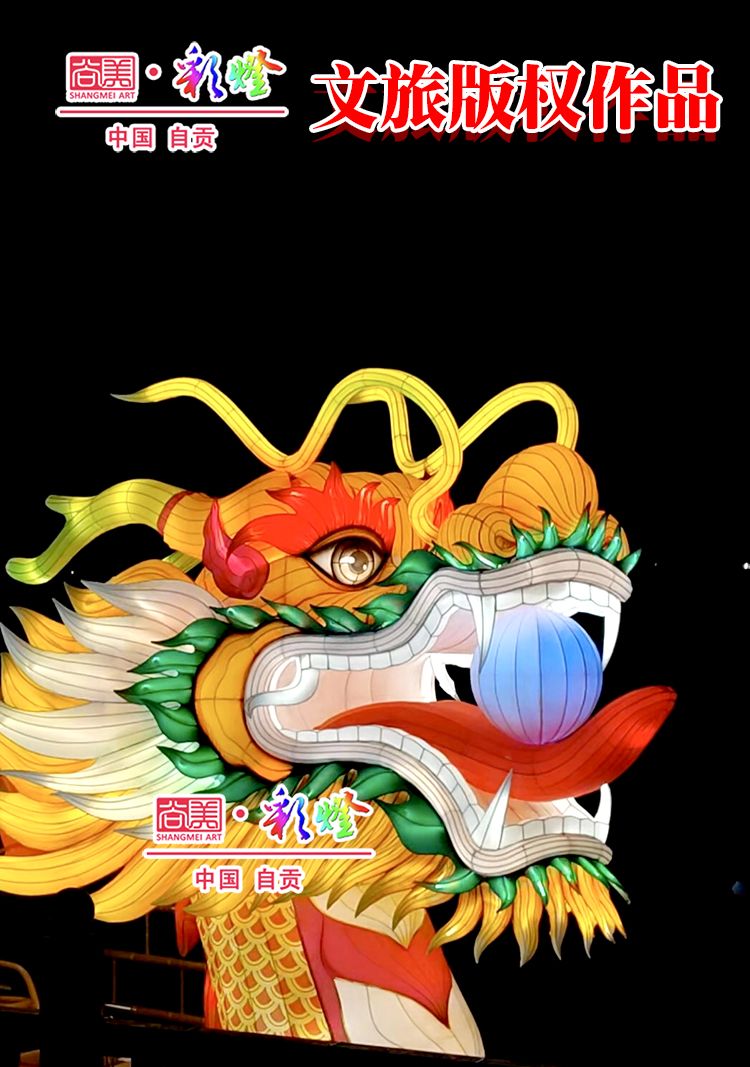
Introduction
Chinese lanterns, known for their vibrant colors and intricate designs, are more than just decorative objects; they are a testament to China's rich cultural heritage. These lanterns are primarily showcased during the Lantern Festival, which marks the end of the Chinese New Year celebrations. This article delves into the history, craftsmanship, and cultural significance of Chinese lanterns, offering a comprehensive overview for those unfamiliar with this traditional folk art.
Historical Background
The origins of Chinese lanterns can be traced back over 2,000 years. Initially, they served practical purposes, such as providing light during festivals and religious ceremonies. Over time, their role evolved into an art form that symbolizes various aspects of Chinese culture and beliefs. The Lantern Festival, held on the 15th day of the Lunar New Year, is the most prominent event showcasing these artistic creations.
Craftsmanship and Design
Chinese lanterns are renowned for their elaborate designs and vibrant colors. Traditional lanterns are often crafted from materials such as silk, paper, and bamboo. Artisans employ techniques like cutting, painting, and assembling to create intricate patterns and shapes. These designs can range from simple geometric forms to elaborate representations of animals, flowers, and mythical creatures. The ultimate goal is to create a visually stunning piece that captivates and delights viewers.
Cultural Significance
Lanterns hold deep symbolic meaning in Chinese culture. They represent light overcoming darkness, hope, and the dispelling of evil spirits. During the Lantern Festival, lanterns are not only admired for their beauty but also for their role in bringing people together and fostering a sense of community. The festival itself is a time for family reunions, storytelling, and celebrating the achievements of the past year.

The head of the Chinese dragon lantern
Types of Chinese Lanterns
There are several types of Chinese lanterns, each with its own unique characteristics:
-
Traditional Lanterns: These are often red and decorated with gold or black patterns, symbolizing prosperity and good fortune.
-
Festive Lanterns: Used specifically for festivals, these lanterns are brightly colored and can depict various themes, such as animals or historical figures.
-
Floating Lanterns: These are released into rivers or lakes, carrying wishes and prayers for the future.
-
Interactive Lanterns: Modern adaptations include lanterns that respond to touch or movement, offering an immersive experience for viewers.
Modern Adaptations and Global Influence
While traditional lantern-making techniques are still widely practiced, modern adaptations have introduced new materials and technologies. LED lights and durable synthetic fabrics have expanded the possibilities for lantern designs, making them more versatile and accessible. The global fascination with Chinese lanterns has led to their incorporation into international festivals and cultural exhibitions, further bridging cultural gaps and celebrating diversity.
Conclusion
Chinese lanterns are a vibrant and integral part of China’s cultural landscape. Their evolution from practical light sources to intricate works of art reflects a rich heritage of craftsmanship and symbolic meaning. By understanding their history, design, and significance, we gain a deeper appreciation for this beautiful aspect of Chinese folk culture. Whether admired during a festival or explored in a cultural context, Chinese lanterns continue to shine brightly as a symbol of hope, unity, and artistic expression.







